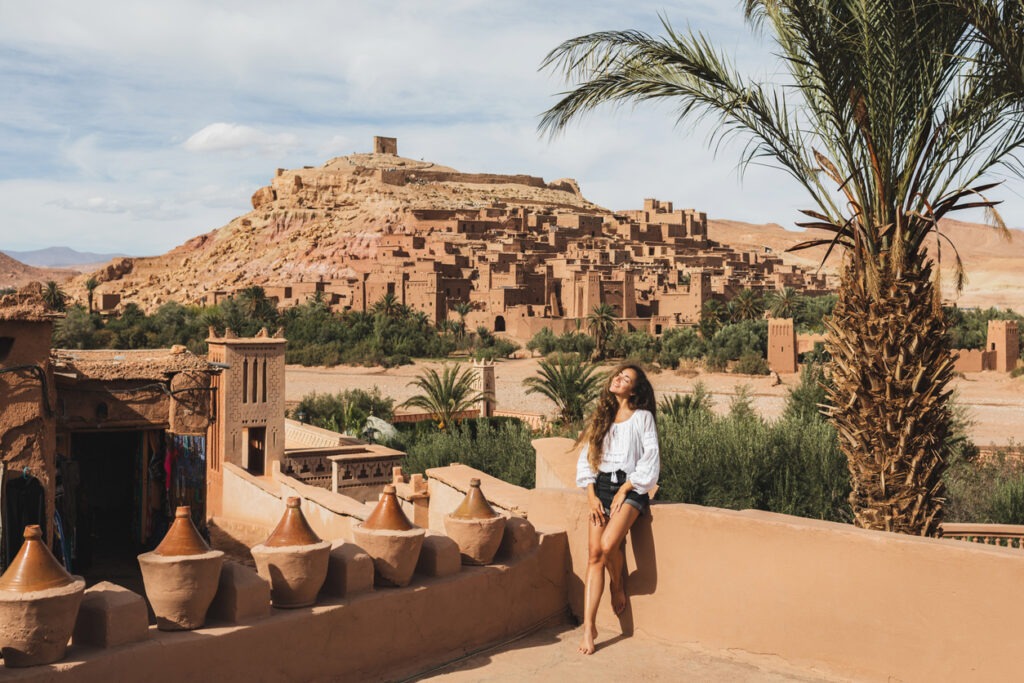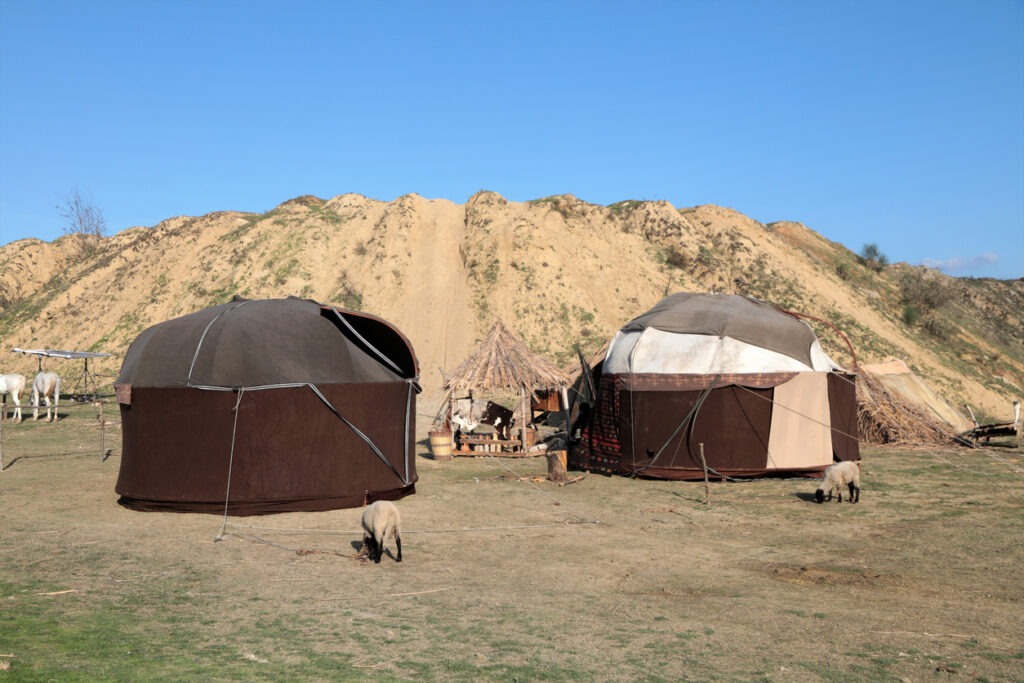Each person’s lifestyle is unique, and there is no ‘one size fits all solution. You must find a lifestyle that works for you and your individual needs.
There are many lifestyles to choose from, but which one is right for you?
This guide will help you understand the different lifestyles and decide which is best for you. There are so many options to choose from, and it can be hard to know where to start. But don’t worry, we’re here to help! Keep reading to learn more about the different lifestyles and figure out which one is right for you.
What are Different Types of Lifestyles
There are many types of lifestyles that people can choose to live. Some popular lifestyles include the traditional lifestyle, the single lifestyle, the workaholic lifestyle, the party lifestyle, and the health-conscious lifestyle. Each lifestyle has its benefits and drawbacks, so choosing the one that best suits your needs and preferences is important.
Traditional Lifestyle

This is the most common type of lifestyle, and it usually involves living in a nuclear family with a breadwinner and a homemaker. This lifestyle is often considered the most stable and secure, but it can also be quite demanding and stressful. The single lifestyle is becoming increasingly popular, as it allows people to focus on their careers and social lives without worrying about domestic responsibilities. This lifestyle can be quite freeing, but it can also be quite isolating.
Workaholic Lifestyle

It is characterized by long hours and little free time. This workaholic lifestyle can be very rewarding, but it can also be quite demanding and stressful. The party lifestyle is characterized by a focus on social activities and a disregard for personal responsibility. This lifestyle can be fun and exciting, but it can also be quite dangerous.
Nomadic Lifestyle

Generally refers to a way of life in which people do not have a permanent home and move from place to place searching for food, water, or other resources. The term “nomadic” comes from the Greek word “noma,” meaning “to wander.” Nomadic peoples have traditionally been divided into two main groups: hunters and gathers, who search for food, and pastoralists, who move in search of pasture for their animals. Most nomads were herders of sheep, goats, or camels in the past. Today, however, many other nomadic peoples exist, including those who move from place to place in search of work or because they have been displaced by war or natural disasters.
There are an estimated 30 million nomads globally, comprising about 4 percent of the global population. Many nomadic peoples live in Asia, with smaller populations in Africa, Europe, and the Americas. The largest nomadic groups are found in Mongolia, Tibet, Kazakhstan, and India in Asia. Africa’s nomadic peoples include the Tuareg of the Sahara Desert and the Maasai of Kenya and Tanzania. The Romani people, also known as gypsies, are one of the few remaining nomadic groups in Europe. In the Americas, there are small numbers of indigenous nomadic peoples, such as the Navajo in the United States and the Quechua in Peru.
The nomadic way of life has existed for thousands of years, and it is thought to be one of the oldest human lifestyles. Although most nomads today live in poverty, some have managed to adapt to modern life and become successful in business or politics. For example, the former president of Mongolia, Tsakhiagiin Elbegdorj, is of nomadic origin.
Nomadic peoples have often been portrayed as backward and primitive in popular culture. This is partly due to the fact that they often live in remote areas and are not exposed to modern technology or ways of life. It is also because many nomads are pastoralists, meaning they herd animals, which is traditionally seen as a less developed way of life than agriculture. However, nomadic peoples are not necessarily uneducated or uncivilized. In fact, many nomadic groups have rich cultural traditions and are highly skilled in crafts such as jewelry making and leatherworking.
Hedonistic Lifestyle

Hedonism is often associated with a lifestyle of excess, characterized by excessive food consumption, drugs, alcohol, sex, and other pleasure-seeking activities. While hedonism certainly has its downsides, there is also a lot to say about living a life focused on enjoying pleasure.
For one thing, hedonism can lead to a more positive outlook on life. When we constantly seek out new and pleasurable experiences, we are more likely to find joy in everyday moments. Additionally, hedonism can help us to appreciate the good things in life more. When we live hedonistically, we constantly strive to improve our situation and make life more enjoyable. This can lead to a greater appreciation for the things we already have.
Of course, hedonism also has its dark side. Excessive consumption of anything can lead to addiction and other problems. Additionally, a focus on pleasure can sometimes cause us to overlook important aspects of our lives, such as relationships and health.
It is up to each individual to decide whether a hedonistic lifestyle is right for them. There are both good and bad sides to hedonism, and it is important to weigh these carefully before making any decisions.
Solo Lifestyle

It has become more and more popular in recent years. More and more people choose to live alone, whether by choice or circumstances. Living solo has many benefits, including freedom, independence, and flexibility. But some challenges come with living alone. Here are a few things to consider if you’re thinking about living solo.
Benefits
One of the main benefits of the living solo is freedom. You can do whatever you want, whenever you want. There are no rules or expectations to follow except your own. You can come and go as you please, and there’s nobody to answer but yourself. This can be a great feeling, especially if you’re used to living with others who may have different schedules or expectations.
Another benefit of solo living is independence. When you live alone, you’re in charge of everything. You make all the decisions, from what to eat for dinner to how to decorate your home. This can be empowering and liberating, especially if you’re used to someone else making decisions for you.
Living solo also gives you greater flexibility in your lifestyle. If you want to travel or move, you can do so without coordinating with anybody else. You can also change your mind on a whim without consulting with anyone else first. This can be a great advantage if you like to live spontaneously or have a lot of freedom in your life.
Challenges
Of course, some challenges come with living solo. One of the biggest is loneliness. When you live alone, you don’t have anyone to talk to or spend time with regularly. This can be difficult, especially if you’re used to being around people. If you start to feel lonely, there are a few things you can do to combat it. Try joining a club or taking a class, or even just making an effort to talk to your neighbors more often.
Another challenge of a living solo is that you have to do everything yourself. This includes things like cooking, cleaning, and laundry. If you’re not used to doing these things by yourself, it can be a bit of an adjustment. But there are also some advantages to doing everything yourself. For example, you can take your time and do things exactly the way you want to without compromising with anyone else.
Overall, living solo has both its benefits and its challenges. But it’s ultimately up to you to decide whether the advantages outweigh the disadvantages. If you’re considering living solo, weigh both the pros and the cons carefully before deciding.
Active Lifestyle
It is a lifestyle that includes physical activity. This can be anything from walking to work, taking the stairs instead of the elevator, or playing sports. Regular physical activity has many benefits, including improving your overall health and fitness, reducing your risk of chronic diseases, and improving your mental health.
To maintain an active lifestyle, it is important to find activities that you enjoy and make them a part of your daily routine. This may mean taking a brisk walk in their neighborhood every day for some people. Others may prefer to join a gym or local sports team. The important thing is to get moving and stick with it no matter what you choose!
There are many benefits to leading an active lifestyle. Some of the most important include:
- Improving your overall health: Regular physical activity can help reduce your risk of developing heart disease, stroke, type 2 diabetes, and cancer. It can also help keep your blood pressure and cholesterol levels in check.
- Reducing your risk of chronic diseases: Physical activity can help reduce your risk of developing chronic diseases such as obesity, type 2 diabetes, and heart disease.
- Improving your mental health: Exercise has been shown to improve mood and decrease symptoms of anxiety and depression.
- Maintaining a healthy weight: Regular physical activity can help you maintain a healthy weight or lose weight if you are overweight.
- Improving your quality of life: Physical activity can increase your energy levels, reduce stress, and help you sleep better. It can also improve your overall sense of well-being.
Leading an active lifestyle has numerous benefits to improving your physical and mental health. If you are not active, start slowly and gradually increase your activity level. And, be sure to find activities that you enjoy so that you will stick with them!
Healthy Lifestyle
A healthy lifestyle is a term used to describe a way of living that helps promote good health. It includes eating healthy foods, exercising regularly, and getting adequate sleep. It also involves making sure that one’s environment is clean and safe. A healthy lifestyle can help reduce the risk of developing chronic diseases like heart disease, stroke, and diabetes. It can also help improve mental health and overall well-being.
Which Is The Best Alternative Lifestyle To Live?
There are many ways to live one’s life, and each person has to find the best way for themselves. There is no single answer that fits everyone. Some people prefer to live a more traditional lifestyle, while others may choose an alternative lifestyle.
Each person has different needs and wants, so it is important to find a lifestyle that meets them. A traditional lifestyle may be the best option for some, while others may find that an alternative lifestyle suits them better. It is important to explore all of the options and find the right one for you.
Traditional lifestyles tend to be more structured and set in their ways. There is often a strong emphasis on family, community, and tradition. This can be a great way to live for those who value stability and like having set roles and expectations.
Alternative lifestyles are often less traditional and more open-minded. They can offer a greater sense of freedom and flexibility. This can appeal to those who want to live a more creative or individualistic lifestyle.
How To Choose The Right Lifestyle For You
The first step to choosing the right lifestyle is understanding your options. There are many different lifestyles to choose from, and each has its own unique benefits and drawbacks. It’s important to take the time to learn about all of your options before making a decision.
Once you know your choices, you can start to narrow them down by considering your personal preferences. What kind of lifestyle do you want to live? Do you prefer a more active or passive lifestyle? Do you want to live in a rural area or an urban area?
After you’ve considered your preferences, you can begin to research the different lifestyles in more detail. Talk to people who currently live the lifestyle you’re interested in, and read articles and books about it. The more you know about a particular lifestyle, the easier it will be to decide whether or not it’s right for you.
If you’re still undecided, there’s no shame in trying out multiple lifestyles until you find the one best suits you. Experimentation is the key to finding the perfect lifestyle for you. So go out there and explore all of your options until you find the one that makes you happy.
How To Change Your Lifestyle
If you want to change your lifestyle, you can do a few things. First, take a look at your current habits and see what needs to be changed. Maybe you need to eat healthier or exercise more. Once you know what needs to be changed, start making small changes in your daily routine. For example, if you want to eat healthier, start adding more fruits and vegetables to your diet. If you want to exercise more, start by going for a walk every day. Making small changes like this will help you make bigger changes in your lifestyle.
